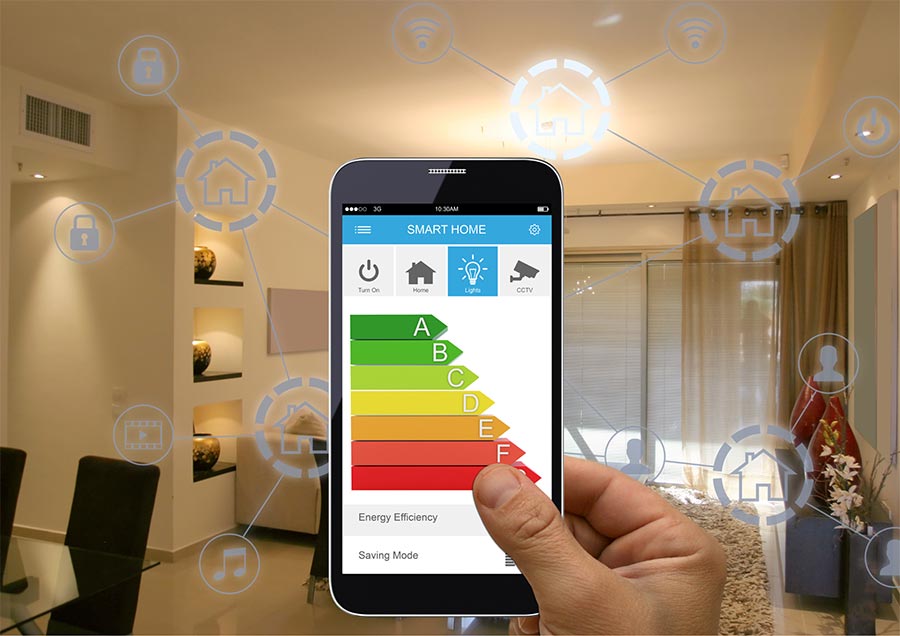What do the new Building Regulations changes mean for ventilation?
Let us simplify it for you!
The new Building Regulations comprises of five new Approved Documents, including changes to Part F (ventilation) which will come into effect from 15th June 2022.
The significant update provides an uplift to existing energy efficiency standards for homes and marks a stepping stone towards the introduction of the Future Homes Standard in 2025.
So what are the main changes?
The system names have changed
Systems 1, 3 and 4 have been removed. The systems are now known as:
- Natural ventilation with background ventilators and intermittent extract fans (formerly system 1)
- Continuous mechanical extract ventilation (formerly system 3)
- Mechanical ventilation with heat recovery (formerly system 4)

There has been structure changes to the documents
- There is a new regulation – Approved Document O – Overheating
- ADF has now been split into volume 1 – Dwellings and Volume 2 – Buildings other than Dwellings
- All compliance guides are now obsolete and incorporated into the approved documents
- A Home User Guide for new dwellings should be provided
Background ventilation has changed
- Background ventilation is now worked out as equivalent area (mm2)
- Continuous Mechanical Extract trickle vents should now provide 4000mm2 EA in each habitable room (previously 2500mm2 FA)
- For existing homes all replacement windows should be fitted with trickle vents

Design air permeability has changed
The guidance has split homes into two categories – Less Airtight Dwellings and Highly Airtight dwellings. Highly airtight dwellings have to achieve one of the following:
a. A design air permeability lower than 5m3/(h/m2) at 50Pa.
b. An as-built air permeability lower than 3m3/(h/m2) at 50Pa

Rates have increased for bedrooms
- The ventilation rate for the bedrooms has now increased
- Additions for additional occupants on ADF2010/13 has been removed
- Still take the higher of the two calculations as the whole dwelling ventilation (trickle) rat
The new Building Regulations approved documents can be found here:
- Approved Document L, volume 1: dwellings
- Approved Document L, volume 2: buildings other than dwellings
- Approved Document F, volume 1: dwellings
- Approved Document F, volume 2: buildings other than dwellings
- Approved Document O covering overheating (New)
Should you require any further information on these changes one of our technical team would be happy to assist and offer guidance and advice. Simply email or call on 01283 492949 today!
The VORTICE air solutions brochure can be found here Air Solutions Brochure





